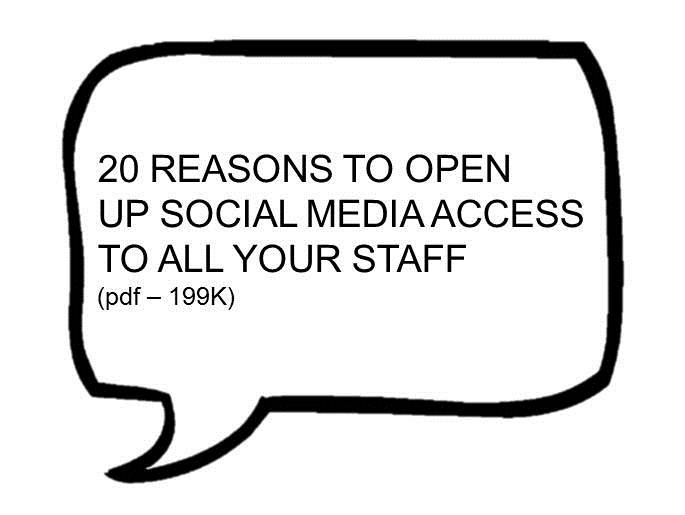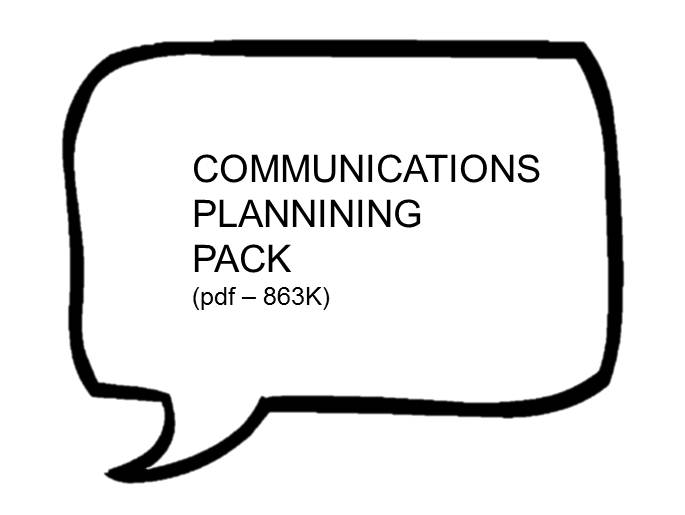 Monday, July 2, 2012
Monday, July 2, 2012 shifty shellshock
When I started out working on council web content eight years ago I didn’t realise that making our content and processes as easy-to-use as possible to tempt people onto the web would be called channel shift.
Five years ago I attended the National Digital Inclusion Conference and alarm bells started ringing. It was the first time anyone had pointed out to me that 1/3 three people in the UK didn’t have a computer (at that time).
It was also the first time I heard about the broadband lottery. Maybe I was naïve but I’d just assumed everyone was like me and my family and friends.
Roll forward a year and channel shift had been given a name with programmes being rolled out the length and breadth of the country in a drive to get people transacting online with local and central government because that is the cheapest channel. Everyone was and still is quoting Socitm’s channel costs:
- face-to-face £8.23
- telephone £3.21
- website £0.39
These are the figures that are driving channel shift in the name of efficiencies. We can all save a fortune by getting people online. What these figures fail to take into account is back office integration. Until processes are either completely redesigned or aging and multiple back office systems are integrated with our websites online will be more expensive than the phone because of all the data double handling – online form produces an email then an officer has to re-key the information into a separate system.
Deep sigh.
Where am I going with this?
Recently, I was lucky enough to be asked to do the social reporting at the Public Sector Forums Channel Shift event in Glasgow. This was delivered by Sarah Fogden and Gerald Power, both channel shift and change management consultants from Trapeze Transformation.
Both worked for the Cabinet Office when Digital by Default was being written and both reckon DxD has been misinterpreted. We’ve all taken it to mean that all services should be designed to go online when in fact each one needs to be evaluated on individual merits as not all services/processes sit well online.
I can’t reproduce everything that Sarah and Gerald said but I’ll give you the top things I learned that day.
Matching the task to the channel
Each channel has its own strengths and each customer demographic has different preferences – not all tasks suit online.
- what outcome are you looking for?
- will the channel you’re thinking about achieve the outcomes?
- is it economically sensible?
- will your target customers use it?
Is the task ready for the shift?
To answer this you need to do a lot of research:
- what volumetrics do you have?
- what customer profiling do you have?
- what analytics do you have?
- what are they telling you about the task, channel and customer?
Why do you want to shift channels?
Are you doing this for the customer or for efficiencies?
If you’re doing it for the customer you need to make it easier to use or access. You need to make it faster. You need to add value.
If you’re doing it for cashable savings you need to keep looking backwards for a headcount reduction. You need to rationalise offices/buildings. You need to lower the cost of contracted services. If you don’t produce any of these there are no efficiencies.
Hotspot analysis
you should pay attention to where significant resources are being spent.
if you don’t spend much money in a task, you won’t save much by shifting channel.
However, use this with caution. Benefits cost a lot to provide but the people claiming benefits often have complex needs, across many services. Processes such as these are best done face-to-face with human intervention.
Simple suitability
You can assess the suitability of a process for self-service by asking:
- is it complex or simple
- is it rules-based or judgement-based
- are the transactions high or low volume
Humans are good at managing judgement-based processes and ambiguous tasks whereas machines are better at simple rules-based processes. They are also good at complex processes but these often need significant investment to implement.
The customer
This may seem obvious but it would surprise you how often it is forgotten. The customer should be considered at the start of the channel shift process, not stuck in at the end with some user testing before go-live.
- every bit of data you have tells you about your service users – use it wisely.
- learn how to do customer journey mapping which is not the same thing as process mapping.
The channel shift team
This should be cross cutting.
It shouldn’t be led by the call centre as they’re probably the ones involved in the headcount reduction. This is like asking the turkey to organise Christmas dinner.
It shouldn’t be led by IT. IT is the enabler to much of channel shift but that’s just the gubbins in the box. No one, least of all the customer cares what’s in the box, they just want it to work without them noticing how it works. Don’t get hung up on the IT detail.
Don’t ignore comms/research unit. These guys are probably the ones with access to customer profiling and channel preferences. You’ll also need them to market your new channels. People don’t just shift channels by magic – they need to be persuaded to try new channels.
Overall channel shift needs to be led from the top across the whole organisation and needs to be driven by a clear vision and business case with support from stakeholders.
Sarah and Gerald were great speakers and with their background it was obvious they know their stuff. It was a fascinating day which reinforced many of the thoughts I’ve been having about channel shift for a while but I’ll leave you with this nugget:
It doesn’t matter how good you think the path is – customers choose the path they like best.
Check out Carolyne's blog here
















Reader Comments (2)
'Channel shift' is one of those ugly buzz words, like 'failure demand', that keeps rearing its head with anything to do with change involving customer-facing comms and customer services. For me, encouraging residents to access and request services or report issues online and via their mobile phone is simple common sense. It should be driven by what the customer wants - which is usually to get their interaction with the council done quickly, painlessly and with their desired outcome (if possible).
But we do need to be wary of what we might lose by potentially relegating face-to-face and phone contact with customers to lower priority status, despite the cost. We need a blend of all these things, based upon customers' needs and an understanding of how they prefer to interact with us, rather than second guessing them based on notions of a universally wired (and wireless) population.
Working in a largely rural county with a large aging population and patchy broadband and mobile coverage, a wholesale channel shift approach is some way off. What makes me uncomfortable about channel shift is that in some cases it is a trendy veil for job cuts in customer services. It needs to be driven by more than rutal efficiency. But, in many ways, it's the natural progression. At the Dorset Waste Partnership, we are rolling out a new countywide waste collection serrvice complete with new bins being delivered and options to tailor the service for specific properties and needs. We're using e-forms for both self service and mediated access by customer service teams for phone contacts and are developing improved online channels for reporting missed bins and checking your collection dates linked into our CRM system and back office databaase, with one eye on mobile functionality (using QR codes where appropriate). I don't think we're on the cutting edge but it just feels like the natural way to go. But, whatever we do, we can't escape the fact that many of our residents don't have a computer, can't access broadband and can't even get a mobile signal where they live.
Michael Cart-Harris Harris,
Senior PR Officer, Dorset Waste Partnership
Just to clarify, the Socitm channel shift costs cover front office handling only. You are absolutely right that getting people to complete online forms and then re-handling the data in the back office is pointless and costly.
However, its important to remember that maybe 60% of enquiries to council websites are for information only. Improved content, better navigation, and effective promotion could shift many of these enquiries to the web channel, achieving significant potential savings (providing benefits are realised) at modest cost.
Improved websites could also save the considerable costs arising from the avoidable contact created by failed web visits - on average up to 40% of visits to websites fail or partially fail, leading to extra contacts in other channels.
The other key point about channel shift, gone into in some detail in Better served, customer access, efficiency and channel shift, the report I wrote for Socitm last year, is that you cannot begin an effective channel shift programme until you can properly gather and analyse your customer data.
You need to know which channels customers are using to access what services in what volumes, and gather more information about why. If they are not using the web as much as they might, it may be to do with digital access. Its much more likely, however, to be about the way the council organises and manages access to its different services.
Gathering relevant data and developing and delivering an effective channel shift strategy with realisable benefits is difficult and requires great determination. Most councils are at the start of this journey, whether or not they have written 'channel shift' into their strategies and plans.